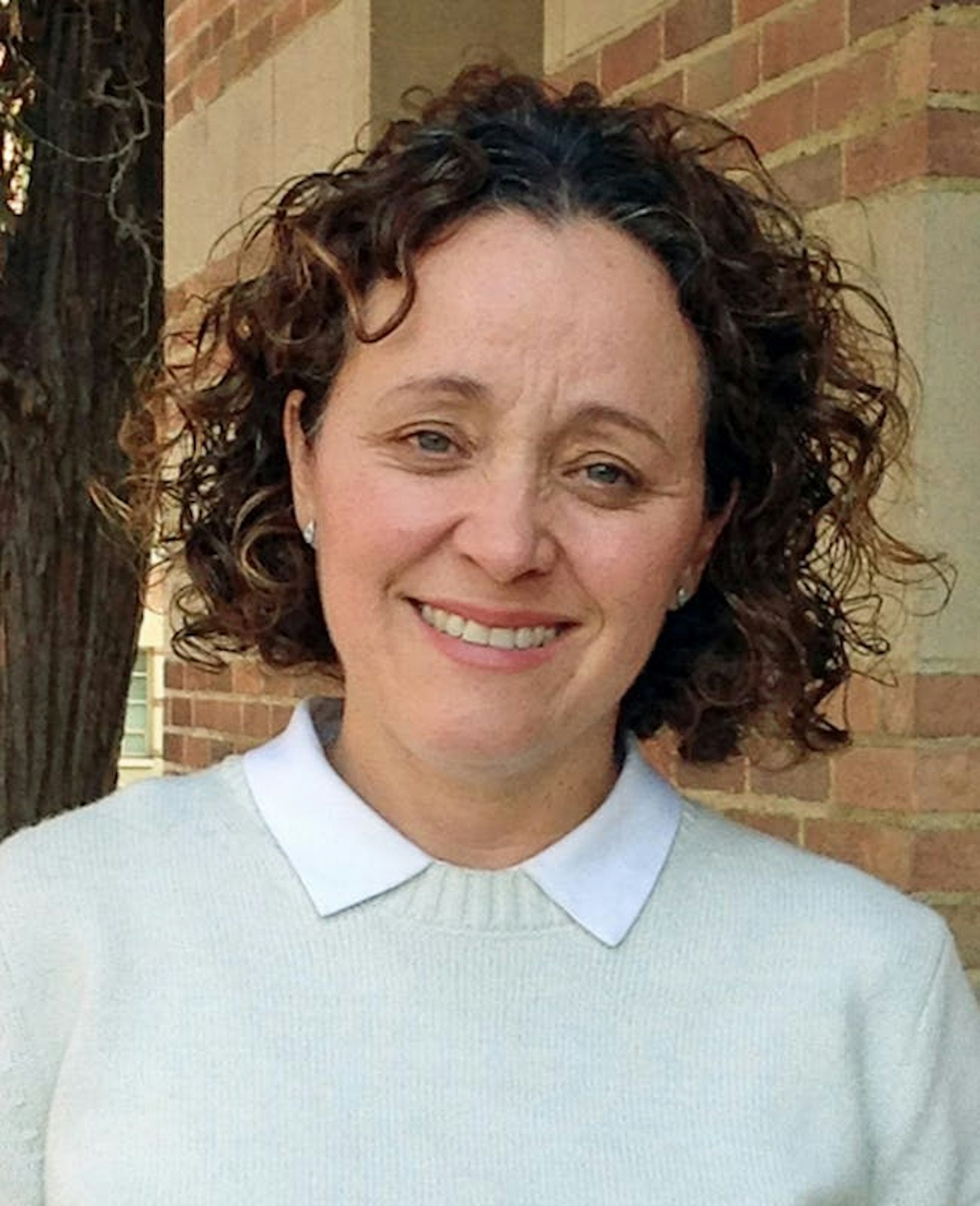Associate Professor Lucrecia Santibañez and colleagues will plumb potential of dual language immersion programs to further equitable learning opportunities.
Dual Language Immersion programs have grown in popularity across the educational spectrum, with parents in middle class and more affluent communities seeking opportunities for their children to learn new languages.
But what is the impact of Dual Language Immersion programs for minority students whose first language may not be English who attend schools in segregated school environments, often in low income communities?
UCLA School of Education and Information Studies Associate Professor Lucrecia Santibañez and colleagues are looking to find out in a new 2-year study examining the potential of dual-language immersion (DLI) programs to provide equitable learning opportunities for linguistic minority students in segregated urban schools. Santibañez will be working closely with UCLA doctoral student Clémence Darriet to implement the study.
“I am very excited about this new grant and the opportunity to work side by side with Clémence on this important project. I think it’s going to help us to really understand whether the growth in dual language immersion is really contributing to equity for students,” Santibañez said.
“It will really give us a chance to dig into the potential of these schools.”
Dual Language Immersion (DLI) programs are specifically designed to integrate students from diverse language, culture, and race backgrounds and provide inclusive and rigorous learning opportunities. But there are significant questions as to whether Dual Language Immersion programs are fulfilling their potential to serve historically marginalized student populations, specifically English Learners.
As DLI programs expand into increasingly gentrified communities and incorporate different programmatic features such as schools focused on multiple strands of learning and different languages, understanding English Learning access, participation, and benefits from these programs is of critical value.
“The big promise of dual language immersion is that it’s going to give an edge, an advantage to kids who come from linguistic minority backgrounds who speak another language at home, and that it is going to help them do better academically but also socially and emotionally because it’s going to equalize a lot of the differences that happen in classrooms,” Santibañez said.
“But we also know that in many parts of the country and likely here in LA, these schools are popping up in gentrifying areas — and are increasingly being accessed by English only speaking families, middle class families.
“It’s a concern that these programs are in many ways opening up to attract and retain more affluent parents in the district, and in doing so may be excluding the student population they were intended to serve. That’s the hypothesis we are going to test in our study,” she added.
With funding from the Spencer Foundation, Santibañez and colleagues will examine data from the Los Angeles Unified School District (LAUSD) to answer questions about how DLI program enrollment is characterized, the extent it reflects its community, and what community characteristics predict DLI program adoption. The researchers will also explore whether DLI programs provide more equitable learning opportunities and status for English Learners than other programs.
“Santibañez says that the generous sharing of data by LAUSD is tremendously helpful to the project. “Not only was the LAUSD Multilanguage Multicultural Education Division instrumental in helping us to get the grant, but by sharing the data we need they are making it possible for us to understand what is happening in these programs . Their participation and support are greatly appreciated.”
The research design is quantitative and incorporates a range of descriptive, regression, and quasi-experimental methods. The analysis will draw from student, school and community data that the researchers will combine into a longitudinal student-level dataset covering at least 10 years. The first step will be to complete the data collection.
“We have a pretty cool data set. We are using the LAUSD data – and we have merged that with the American Community Survey, which gives us a look at the what the communities where these schools are opening up look like,” Santibañez said.
For example, the data set will enable the researchers the see the proportion of immigrants, the proportion of those speaking Spanish, Mandarin and other languages, and the education and income levels of those living in communities served by dual language schools. They also have access to the Zillow real estate company database that will provide them with housing prices and valuations in surrounding neighborhoods.
“This is going to help give us a sense of whether a community has been gentrifying and the impact on the outcomes in the school, Santibañez said. “It’s going to show us what is going on, to understand who dual language programs are serving, and to ensure that they are serving those most likely to benefit from them.”
The new research will continue thru November 2023. The research team includes Lucrecia Santibañez and Clémence Darriet, a doctoral student in the UCLA School of Education and Information Studies, as well as Professors Erica Frankenburg and Francesca López of Penn State University, and Claudia Cervantes-Soon of Arizona State University.
